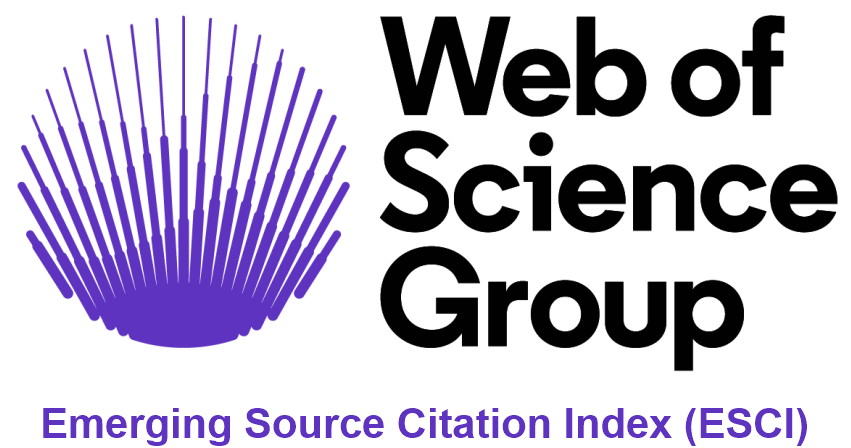Lessons on the promotion of goat projects through the strategic food security program in Guerrero, México
Abstract
The impact of goat projects promoted by the Strategic Food Security Program (Programa Estratégico para la Seguridad Alimentaria, PESA) in regions of high marginality in Guerrero, México, was analyzed. A survey was performed in 316 family production units out of a register of 2093 units supported during the 2007-2009 period. The information was gathered in January 2011, in average 20.6 months after having received the first subsidy for the purchase of breeding stock and infrastructure. Of the flocks, 48.9 % were still growing, 13.8 % were stable, 29.8 % were decreasing and only 7.5 % had disappeared. This apparent good performance is consequence of the PESA design, which guarantees support for three years for those who maintain the flocks, independently of their viability. However, the results show that subsidies did not increase the productive capacity, nor did they generate greater wealth or employment, since the net value of impacts (sales, personal consumption and capitalization, minus costs in feed and medicines) in the flocks that were growing was only 14.8 USD annually. It is recommended to promote small-scale livestock production only in regions with vocation for the activity and with producers who have a minimal supply of fodder resources and experience.
Downloads
Published
How to Cite
Issue
Section
License
Authors who publish in this journal accept the following conditions:
- The authors retain the copyright and transfer to the magazine the right of the first publication, with the work registered with the Creative Commons attribution license, which allows third parties to use what is published as long as they mention the authorship of the work and the first publication in this magazine.
- Authors may make other independent and additional contractual arrangements for non-exclusive distribution of the version of the article published in this journal (e.g., including it in an institutional repository or publishing it in a book) as long as they clearly indicate that the work It was first published in this magazine.
- Authors are permitted and encouraged to publish their work on the Internet (for example on institutional or personal pages) before and during the review and publication process, as it can lead to productive exchanges and greater and faster dissemination of the work. published (see The Effect of Open Access).













